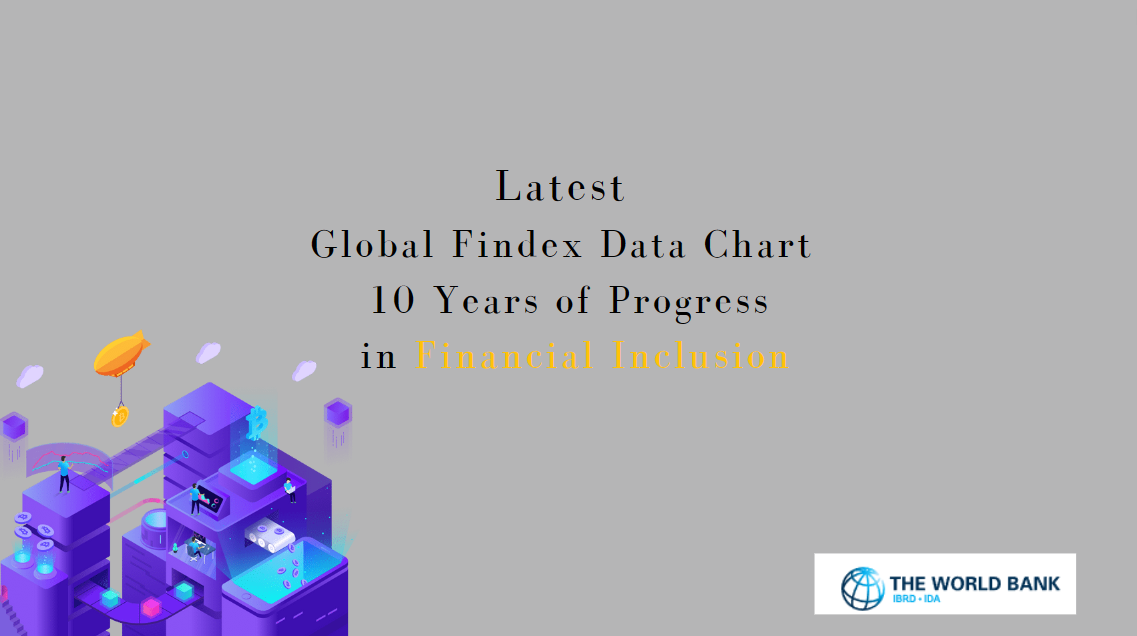Fine-tuning climate scenarios: analytical methods are (almost) ready for use
BaFin is currently focusing on the management of sustainability risks, with a particular focus on the analysis and mitigation of climate-related financial risks for insurers. Tools such as climate stress testing and scenario analyses can effectively help insurers to assess their sustainability risks. But in practice, only 25% of insurers use such tools. For this reason, BaFin has held discussions with some of the insurers that already are working extensively on this. The discussions mainly covered the methodological structure of climate analyses and the underlying scenarios.
These discussions enabled BaFin to gain insight into how climate analyses are used in the German insurance industry. Large insurance undertakings in particular have acquired considerable expertise in this area over the last few years. The discussions that BaFin held with these undertakings revealed that there is still methodological work to be done in the area of climate change scenarios and climate analyses, but many insurers are now ready to apply these approaches and methods in practice.
Despite the challenges that remain in the areas of data consistency and model complexity, BaFin anticipates that climate change scenarios and models could be widely used in the years to come.
How sustainability risks are analysed
The insurers that were surveyed stated that, as a general rule, sustainability risks are grouped into traditional risk categories (market and credit risks etc.) and are not put into a separate risk category. On the whole, the insurance undertakings analyse transition risks and physical risks in equal measure, but a number of them explicitly analyse legal and litigation risks, too. Almost all of the undertakings that were surveyed examine the effects of sustainability risks on both assets and liabilities.
Further development of methods
The insurers also stated that they use stress testing and scenario analyses to reflect sustainability risks. According to these insurers, the scenarios that are used offer the insurance industry an excellent basis for analysis, e.g. thanks to transparent documentation. Although the amount of available data is growing, many assumptions and estimations still need to be taken into consideration in analyses. For example, climate analyses are inevitably associated with a substantial amount of uncertainty, and there is a rise in the number and complexity of models. According to the insurers that were surveyed, the staff and financial resources that are needed to conduct climate stress tests and scenario analyses are not to be underestimated.
In addition to the aforementioned scenarios, the insurance undertakings also make use of internal analyses that also include qualitative approaches. Due to the currently insufficient granular quantification and the limited extent to which quantitative models can be interpreted, heat maps (see info box “Brief definitions of key terms”) are often used to assess sustainability risks.
How transition and impact scenarios are designed
The information that is incorporated into transition and impact scenarios is often quantitative but it is also supplemented with qualitative information. The insurers indicated that they analyse at least two climate change scenarios in order to measure the impact on financial variables.
When designing transition and impact scenarios, the insurers refer to climate analyses like the scenarios from the Network of Central Banks and Supervisors for Greening the Financial System (NGFS), the Bank of England (BoE) and the Intergovernmental Panel on Climate Change (IPCC) etc. Stress scenarios for natural catastrophes (NatCat) offered by commercial providers of risk models are also taken into account.
The NGFS reference scenarios cover a wide range of scenario narratives under a single modelling framework. The BoE’s scenarios also refer to the IPCC’s Representative Concentration Pathway (RCP) and Shared Socioeconomic Pathway (SSP) scenarios1.
Brief definitions of key terms
Scenario narratives describe the ways in which scenarios may evolve based on predefined parameters. Different scenarios highlight different key events and parameters, allowing potential developments to be analysed and sensitivity analyses to be performed.
RCP scenarios depict a variety of future climate scenarios up until 2100, based on greenhouse gas concentrations. RCP stands for Representative Concentration Pathway.
SSP scenarios also take into account socio-economic information. The Intergovernmental Panel on Climate Change’s (IPCC) scenarios examine the vulnerabilities caused by the physical risks associated with climate change. SSP stands for Shared Socioeconomic Pathway.
NatCat models are used to physically model natural catastrophes based on characteristics such as intensity, location or frequency. NatCat stands for natural catastrophe.
Heat maps are colourful visualisations of data in order to intuitively identify high (mostly red) or low (mostly green) values.
Integrated Assessment Models (IAM) depict the complex dynamics between macro-economy, agriculture/land use, energy, water and climate and are used as a basis for IAM scenarios in order to analyse climate risks.
The insurers that were surveyed select the scenario specifications relating to climate change that they consider appropriate for modelling risks. For example, they use financial market variables and macroeconomic variables and adapt the scenarios in order to reflect sectoral and regional exposure to climate change (see info box “Variables in climate analyses“). As for the time horizons of the underlying scenarios, the insurers reported using observation periods until 21002 and periods until 2050/2080. This is appropriate as climate change evolves over lengthy periods of time. However, the uncertainty surrounding future developments increases when the observation period is longer.
For capital investment management, some insurers draw on sustainability data and ratings from various external providers (for which a fee is charged).
Variables in climate analyses
CO2 prices, CO2 emissions, greenhouse gas objectives, anticipated emission reduction prices, temperature changes and the frequency and intensity of damage caused by natural disasters are various examples of climate variables that insurers use.
Economic variables include spread developments (returns on government and corporate bonds), interest rate developments (monetary and capital markets), GDP, capital market indices, stock prices, dividend profitability, durations, inflation, swap rates, gross value added, real estate prices, rent profitability, infrastructure prices and the profitability of infrastructure projects.
When analysing physical risks, insurers also use technical indicators such as average annual loss, asset allocation, frequency and amount of claims, and exposure. The net result and net interest of capital investments and the underwriting result and the combined ratio provide information on profitability under the German Commercial Code (Handelsgesetzbuch – HGB).
How data is acquired
In the case of integrated assessment models (IAMs) – as provided by the Network for Greening the Financial System, for example – all information, documents and webinars are made publicly available, which means that insurance undertakings do not have to pay for external advisory services. A wide range of open source models are available. External data providers that charge a fee come into play in the context of emissions data, ESG3 scores or ratings, for example.
A sufficient number of granular natural hazard maps are needed in order to analyse physical risks. In this context, insurers usually refer to external data providers and research studies, as it is often not possible to accurately map natural disasters based on raw climate model results. Acquiring location data about capital investments has so far been a challenge.
Data consistency and comparability
The insurers stated that the consistency and comparability of the data used was the biggest challenge. Due to data gaps, for example in certain asset classes, they must use suitable approximations to compensate for this.
Complexity of the models used
The complexity of the models used varies considerably, depending on model specifications. In the case of simple deterministic models with instant shocks affecting the market value of capital investments, the level of model complexity is rather low.
Although these models do not offer a comprehensive overview of how insurers are affected by climate risks, they are still useful for gaining an initial understanding of the extent to which they are affected and for performing subsequent in-depth analyses.
In contrast, modelling approaches that combine different elements are far more complex. The input parameters of such complex models include the following: analysing various long-term global warming scenarios (RCP or SSP scenarios), analysing transition and physical risks over a lengthy time horizon, taking into account national granular data (e.g. NDCs, which stands for Nationally Determined Contributions) and companies (e.g. building locations), using different IAMs for modelling economic scenarios and incorporating climate research models.
How model results are interpreted
Translating climate scenarios into financially interpretable parameters that insurers can then transform into key performance indicators for capital investment management is important for the quantitative interpretation of the results of various models.
For capital investments, the insurers generally referred to losses in market value as key figures for analyses. Risks can be split into transition and physical risks resulting in value changes for each investment instrument (company) for a modelled time horizon up until 2100.
In the area of solvency stress testing, insurers typically use own funds, solvency capital requirements and capital ratios. The book and market values of the capital investment, technical provisions and capital/own funds are determined based on the balance sheet analysis and are reflected in the SCR ratio. In addition, insurers analyse changes in profit or loss for the year.
Many insurers reported that the translation of scenarios into risk factors was a challenge, e.g. as NGFS scenarios primarily use macroeconomic variables and few financial market variables. They also criticised the fact that there is insufficient sectoral and geographical granularity and insufficient coverage, making it more difficult to take action or implement management measures.
Supervisory expectations for risk management
The insurers reported that the fact that they were able to gain more in-depth experience in climate change risk assessments was highly positive. According to these insurers, examining the development of narrative-qualitative scenarios plays a key role for internal analyses when quantitative models are only useful to a limited extent. The qualitative use cases in the application guidance for measuring the significance of climate change and climate change scenarios in EIOPA’s ORSA are a key tool here. In addition, they consider the forward-looking assessment of and discussions on reactive management measures to be key elements in the analyses in order to derive adjustments in price policy, reserving, and underwriting and product policy. Due to the complexity and significant amount of time needed for such assessments, qualitative findings are of primary importance, resulting in no explicit modelling in scenario analyses. In order to gain insight into the significance of certain scenario developments, insurers must also analyse quantitative and financial effects.
As things currently stand, models and the underlying data are still a work in progress. As a result, insurance undertakings can rely on the findings they make on this basis to a limited extent. Data and scenarios such as those recently made available by the NGFS4 are being reviewed continuously. Even if it is understandable that insurers take a cautious approach due to methodological uncertainties, insurers are advised to continuously look into this issue to prevent climate analyses from being hampered as a result of their complexity.
Based on the results of transition risk analyses, direct implications can be derived for the allocation of assets – e.g. by identifying stranded assets (i.e. investments that have lost a significant amount of value as a result of the social stigma attached to established technologies). Management tools include heat maps, the visualisation of the risk profile and the analyse of exposures to risks linked to climate change. As for the implications on the liabilities side, insurance undertakings analyse various aspects, including liability risks resulting from court rulings in connection with climate change and new hazard patterns. The wide range of methods leave significant room for interpretation. It is important that insurers also take into account worst case scenarios when selecting scenario parameters. Insurers can ensure that this is done by including high-emission scenarios to analyse the impact of physical risks (temperature scenarios well above 1.5°C) or low emission scenarios to analyse the risks of an ambitious transition (temperature scenarios below 1.5° C) in their assessments. Ludger Hanenberg, Director-General for Policy Issues relating to Insurance Supervision at BaFin, highlighted at BaFin’s Annual Insurance Supervision Conference on 2 November 2022 that he would like insurers to be braver with respect to climate stress testing in the ORSA: “Some undertakings are advancing more slowly than I expected.” The aim of climate analyses is not to precisely quantify the impact of risks caused by climate change. Rather, they should be aimed at enabling insurers to form their own impression of the significance of individual scenarios and to draw strategic conclusions.
- 1RCP scenarios were replaced with SSP scenarios in the IPCC’s Sixth Assessment Report.
- 2See Application guidance on climate change materiality assessments and climate change scenarios in ORSA | Eiopa (europa.eu)
- 3ESG stands for environmental, social and governance.
- 4Source: https://www.ngfs.net/en/ngfs-climate-scenarios-central-banks-and-supervisors-september-2022























































First, please LoginComment After ~